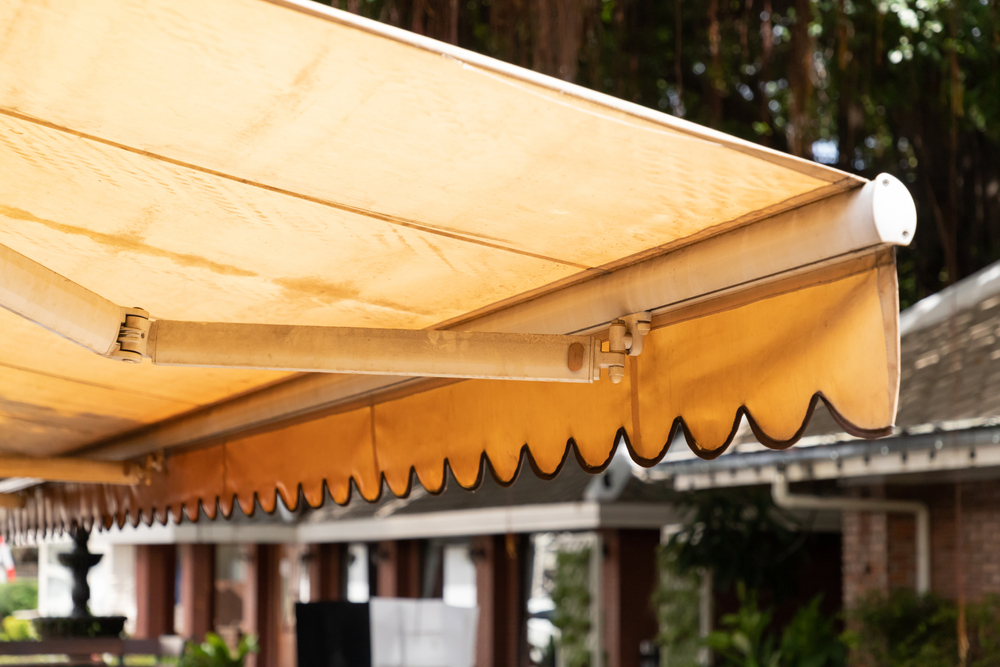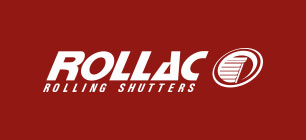Awning Cleaning, Maintenance, & Care: The Complete Guide
When your home or business has a new awning installed, it’s not long until you are getting one compliment after another about how beautiful it looks and how it adds a stylish look to the surroundings. However, this is to be expected, since it’s new and is perfectly clean in every way. Yet once it’s installed, you’ll need to perform cleaning and maintenance on a regular basis to keep it looking spotless. While this sounds like lots of work ahead for you, the good news is that cleaning, maintaining, and caring for your awning is much easier than you may imagine.
To find out what’s involved with how to clean awnings and what’s involved with other types of awnings maintenance and care, here are some great tips from our awning experts at Rollac.

How Often Should Home or Business Awnings be Washed?
Once that beautiful retractable awning is installed on your home or business, the good news is keeping it clean won’t be a problem you’ll be dealing with very often. While you may assume you’ll need to wash off your awning every week or so, the truth is every two or three months will likely be sufficient. This will be made even easier for you if you select a waterproof retractable awning for your home or business, since the fabric on these awnings is often treated with special coating to make it more resistant to dirt and grime.
What Tools and Supplies are Needed?
No matter the size of your awning or whether or not you have a valance that’s large or small, the tools and supplies you’ll need for cleaning will be easily found in your kitchen and garage. As for what to gather up, this will include:
- ladder
- paper towels
- garden hose
- one or two buckets
- dishwashing liquid
- a soft-bristled brush
How to Clean Your Awnings Step-by-Step
There are several steps involved in how to clean your awning.
Step 1: Brush off the Loose Dirt
Begin by using your soft-bristle brush to get rid of any loose dirt that’s on the awning. If you don’t, you’ll have a very muddy awning.
Step 2: Hose Down the Awning
Next, get your garden hose and hose down the awning.
Step 3: Prepare the Soapy Water
Afterwards, make your soapy water by using 1/4 cup of dishwashing liquid per gallon of water.
Step 4: Clean the Awning with Soapy Water
After making sure your soft-bristled brush is clean enough, use it to clean the entire awning, including the frames and arms. This is especially important if you have a drop arm awning or an awning that is a half cassette or full cassette, since it can be easy for dirt and debris to accumulate in these parts of your awning.
Step 5: Let the Soapy Water Soak into the Awning’s Fabric
Upon getting your awning soaked with the soapy water, let it sink into the fabric for several minutes before rinsing it off. After you do so, expect your awning to sparkle like new.
Step 6: Allow the Awning to Air Dry
As your last step, let your awning dry naturally by letting Mother Nature’s sunshine and gentle breeze do the work.
Can You Pressure Wash an Awning?
When it comes to washing your awning, our awning experts here at Rollac usually advise against using a pressure washer to clean your awning. Remember that a pressure washer uses a very powerful stream of water to get rid of dirt and grime. Should you try to use this on your awning fabric and have the pressure be too strong, you will likely damage the fabric. To get the best results, use your soft-bristled brush and garden hose, which will be more than enough to get the job done.
More Awning Cleaning Tips
Now that you know the basics that are involved with cleaning your awning, here are a few other tips you should keep in mind.
- Never roll up your awning while it’s still wet. If you do, this will increase the chances of mold and mildew forming on your awning’s fabric.
- Keep in mind that just because you are using a soft-bristled brush does not mean you need to put tons of muscle into your scrubbing. Don’t be tempted to do so or switch to a wire brush, since this will almost surely tear the fabric or leave scratch marks.
- Don’t forget about the underside of your awning. Whether you are using your awning at your place of business or at your residence, brush off the underside once in a while with a soft-bristled broom or brush. Since you spent hundreds of dollars to buy your awning and have it professionally installed, do all you can to keep it looking great and working properly.
Awning Maintenance and Care
In addition to what you need to do to keep your awning clean, there are also some very important maintenance steps you should do on a regular basis.
1. Lubricate the Moving Parts of the Awning
Perhaps the most important is to lubricate all moving parts on your awning. Do this at least once each year using a silicone spray such as WD-40. As for what needs to be lubricated, pay close attention to the tracks, arms, and mounting apparatus.
2. Inspect for Signs of Damage
Inspect your awning for signs of any damage. Although our Rollac awnings are made to withstand wind gusts, it is still possible that somewhere along the way the frame or lateral arms could have gotten damaged. If your awning has a few years of age on it, also look for any signs of rust.
3. Keep Shrubbery Trimmed Away & Do Not Spray Insect Repellant
Other tips include keeping shrubbery trimmed away from the awning and not spraying insect repellant directly onto your awning’s fabric. While the repellant will drive away the insects, it will also leave stubborn stains on your awning fabric and eat away at the waterproofing protection.
Talk to Our Experts
From being able to tell you the main differences between awnings and pergolas and canopies to helping you understand the inner workings of an awning motor that powers your new retractable awning, talking to our experts here at Rollac will be time well-spent. Since there are many factors that affect the cost of awnings, don’t rely on just anyone for information. By contacting our Rollac team today, you’ll learn about awning maintenance, cleaning, care, and much more.
